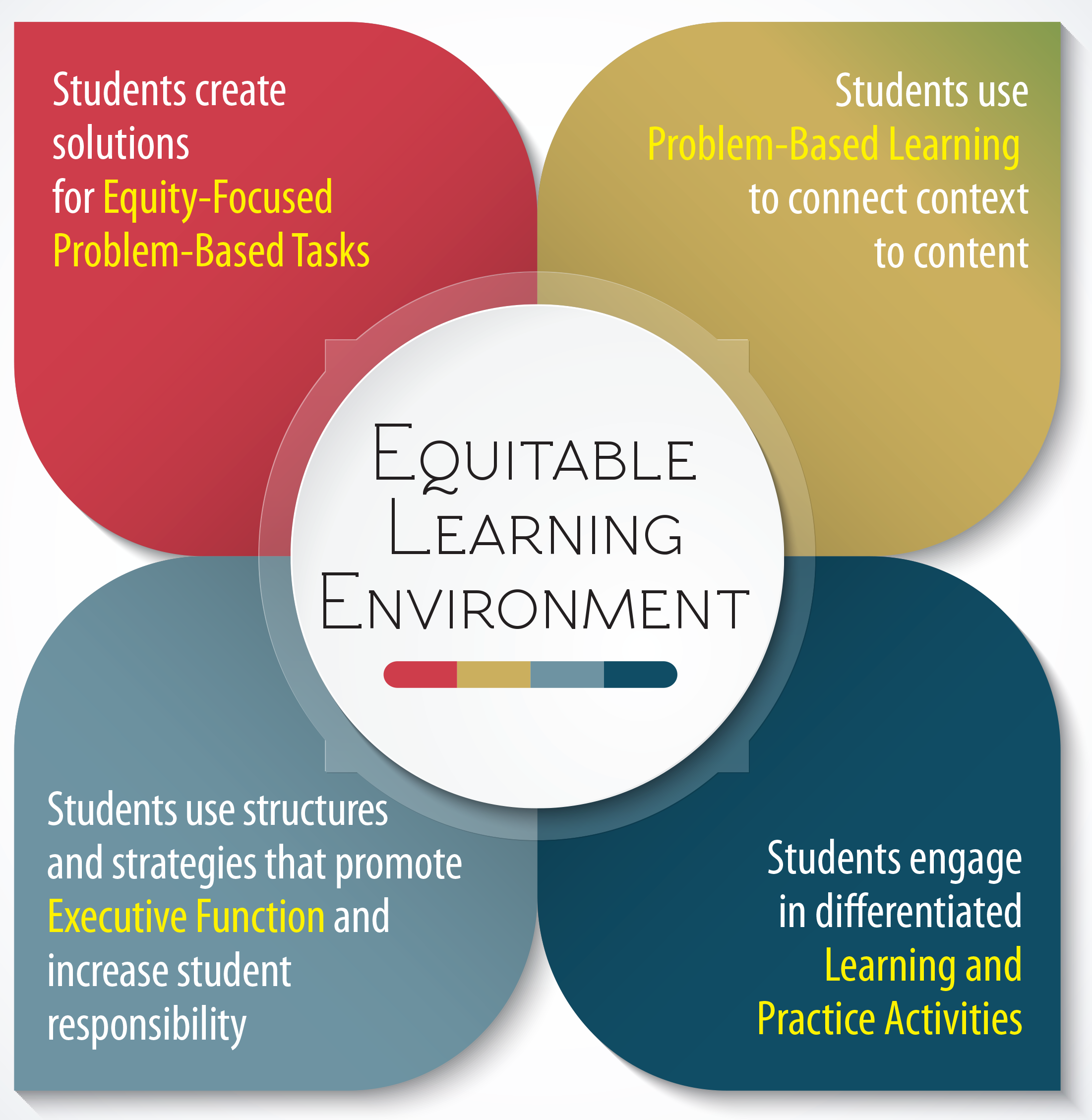
The first step in providing differentiated foundational skills instruction is moving from a data-informed position.
Differentiated Instruction is matching instruction to meet the needs of individual learners.
The focus and format of reading skills instruction varies with the skill level of the students.
How often and how long the teacher meets with each small group varies depending on student needs.
Students who are more at risk will need to meet in smaller group sizes, more frequently, and for longer periods.
During ELA time, the classroom teacher meets with small groups to provide differentiated instruction that is systematic and explicit in identified reading skill areas.
The suggested number of students per group is 1-4 for struggling readers and 5-8 for those students on grade level for reading.
The smaller group size is needed for struggling readers because it allows the students more practice opportunities with teacher feedback.
Tailor instruction to meet the individual needs of each student. This includes modifying the content, process, and product based on students’ readiness levels, interests, and learning profiles.
Differentiation
-

Address Diverse Learning Needs
Differentiation allows teachers to respond to the varied readiness levels, interests, and learning profiles in their classrooms. Whether a student needs scaffolding to access a grade-level text or enrichment to deepen understanding, differentiation ensures that instruction is neither too easy nor too difficult. This targeted support helps prevent both frustration and boredom, increasing engagement and improving academic outcomes.
-

Promotes Equity in Learning Opportunities
By designing flexible pathways for students to access content and demonstrate learning, differentiation helps close opportunity gaps—especially for English learners, students with disabilities, and those who have historically been underserved. It ensures that every student has the tools and entry points they need to succeed without lowering expectations.
-

Builds Student Ownership and Motivation
When students are offered choice and tasks that align with their strengths, interests, or goals, they are more likely to feel invested in their learning. Differentiated instruction encourages autonomy and fosters a growth mindset by showing students that there are multiple ways to learn and succeed.
Differentiation Strategies
Implement Routines
Instead of relying on new activities each week to differentiate, consider establishing more consistent daily routines for your phonics instruction. This predictable structure will make differentiation easier to plan and implement.
Routines help with behavior management.
Routines free up time so you can focus on differentiation.
Blended Model of Instruction
Blend whole-class phonics instruction with built in differentiation & daily differentiated phonics-focused small groups
The simplest way to blend these two models is to begin your literacy block with whole-class instruction, covering the entire daily routine outlined earlier. Dedicate the remaining time to meeting with one small group a day to address individual needs and reinforce skills.
Conduct quick, formative assessments on a frequent basis (weekly or bi-weekly), and you’ll know if what you are doing isn’t working. It’s easy to collect data too when you implement consistent routines each week, because it just becomes another part of your weekly routine!
Differentiate Independent Work
Differentiating students’ independent work will extend their learning and reinforce skills you’ve taught.
Ensure that independent work aligns with both students’ needs and your overall phonics scope and sequence.
Examples:
Phonological Awareness Sound Sorts: Phonological awareness sound sorts involve students determining whether two pictures have the same beginning, middle, or ending sound. Students sort the pictures accordingly. Begin with beginning sound sorts for emerging readers, and gradually progress to more complex sorts for advanced learners.
Building/Writing Words: Having students spell words with target phonics patterns is a great independent activity, and it’s easy to differentiate! Say, Tap, Write activities are fun and effective. Provide all students with the same recording sheet, but provide different pictures depending on student needs for them to say, tap, and write the words.
Partner/Small Group Games: Many phonics games can be adapted for differentiation. For example, in a game where students practice reading words with a target phonics skill, all students can play the same game, but the game boards can have different words on them.
Decodable Texts: Decodable texts are another resource that is easy to differentiate! Provide each group with a decodable text about the same topic, but with varying levels of difficulty based on the specific phonics patterns included.